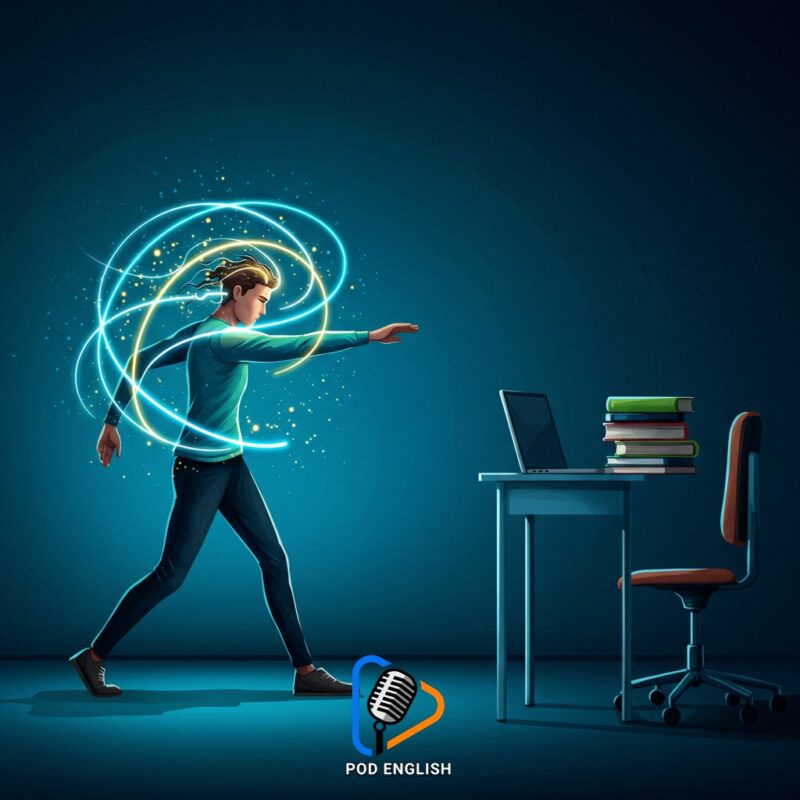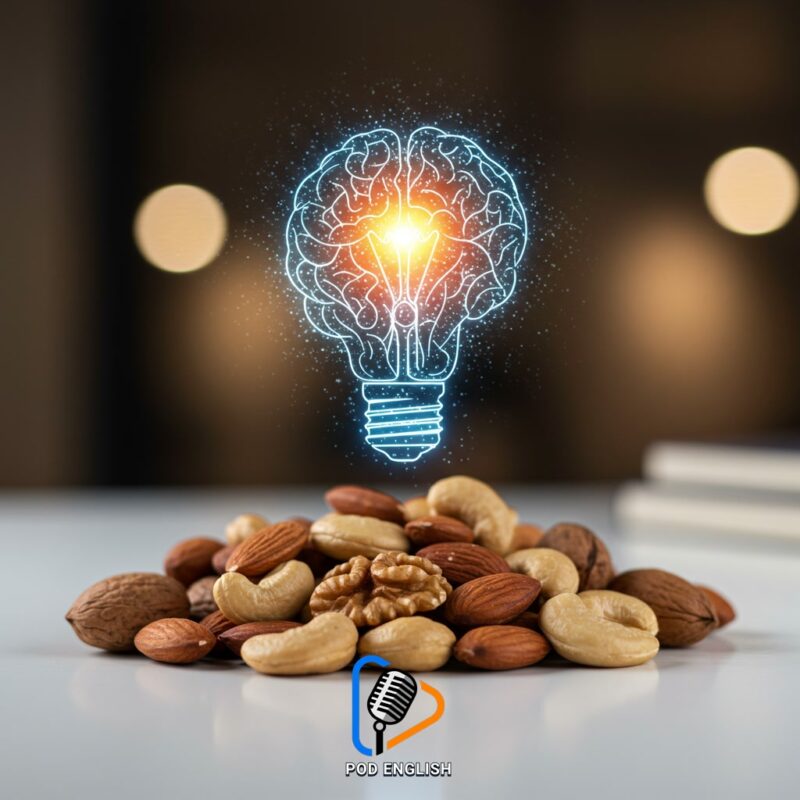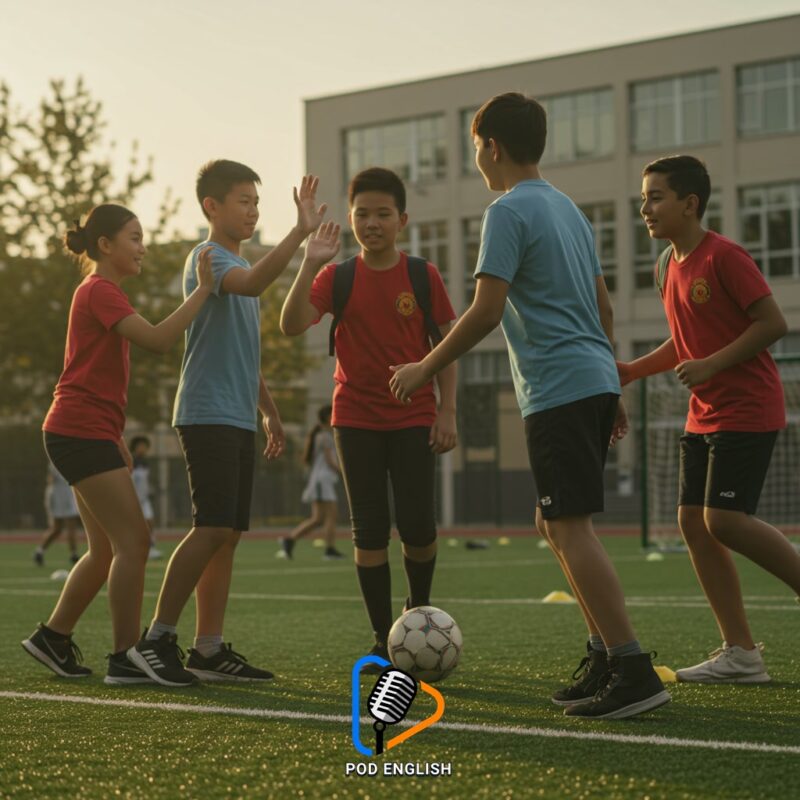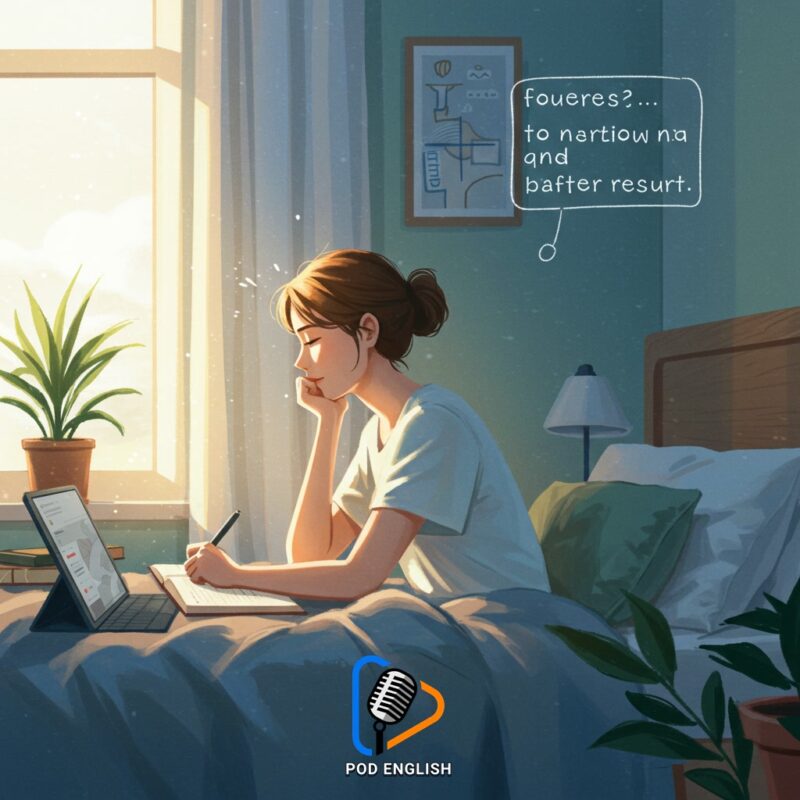Learn English
Mastering English Speaking: Learn Through Describing Photos and Pictures

This content focuses on a practical approach to improving English speaking abilities. It guides individuals on how to use photo and picture descriptions as a tool for language practice. By engaging with visual prompts, learners can enhance vocabulary, grammar, and fluency in English communication. This method offers an engaging way to build confidence in expressing ideas verbally.
Table of Contents
- Section 1: Introduction: Why Describe Photos to Improve Speaking?
- Section 2: Building Blocks: Essential Vocabulary and Simple Sentences
- Section 3: Structuring Your Description: Organizing Your Thoughts
- Section 4: Adding Detail and Flair: Using Adjectives, Adverbs, and Prepositions
- Section 5: Going Deeper: Talking About Actions, Feelings, and Inferences
- Section 6: Practice Techniques: From Simple to Complex Pictures
- Section 7: Evaluating Progress and Next Steps in Your Speaking Journey
Section 1: Introduction: Why Describe Photos to Improve Speaking?
Describing photos is a highly effective and practical method for improving your English speaking skills. Unlike abstract topics, a photograph provides a concrete visual prompt, giving you immediate subjects, objects, and actions to talk about. This process naturally encourages you to recall and use relevant vocabulary for things you see, as well as practice essential grammatical structures like prepositions of location and verb tenses to describe actions and scenes. It’s a low-pressure way to practice forming sentences and expressing your thoughts spontaneously in English. By turning visual input into verbal output, you strengthen the connection between understanding and speaking, building confidence and fluency one description at a time. This technique offers a clear starting point and tangible progress as you become more comfortable articulating what you observe.
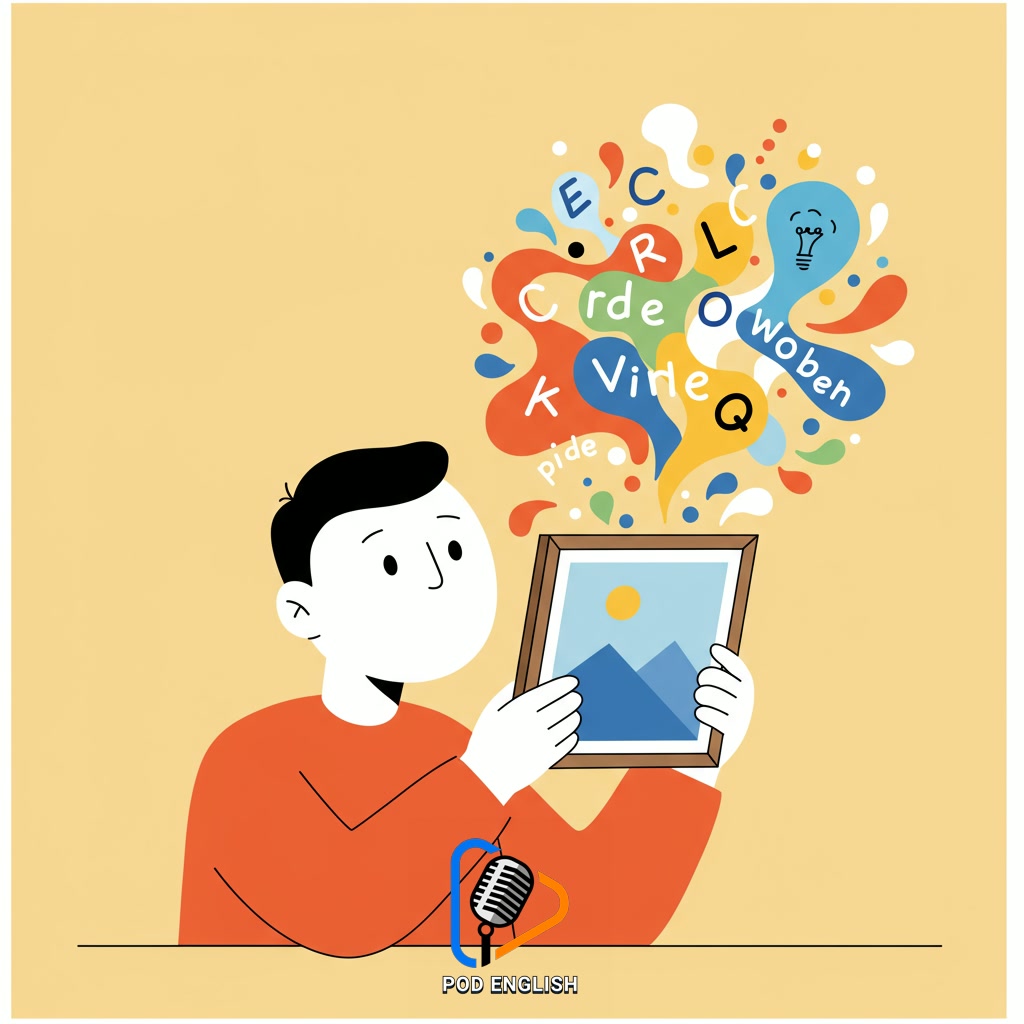
Introduction: Why Describe Photos to Improve Speaking?
Section 2: Building Blocks: Essential Vocabulary and Simple Sentences
To effectively describe photos and improve your speaking, begin with the fundamentals. This means focusing on essential vocabulary – the names of common objects, actions, colors, and basic adjectives – and combining them using simple sentence structures. Don’t feel pressured to use complex grammar initially. Practice identifying key elements in a picture and describing them using basic phrases like “There is a…”, “I see…”, “The [color] [object] is…”, or “Someone is doing…”. Building this foundation of simple words and sentences allows you to confidently describe the most obvious features of any photo, gradually expanding your linguistic toolkit as you become more comfortable. Mastering these building blocks is crucial before attempting more detailed or nuanced descriptions.

Building Blocks: Essential Vocabulary and Simple Sentences
Section 3: Structuring Your Description: Organizing Your Thoughts
Once you have a grasp of basic vocabulary to identify elements in a photo, the next crucial step is learning how to organize these details into a coherent description. Simply listing objects isn’t enough for effective communication. Think of your description as telling a story about the picture. A good structure helps your listener follow along easily. Start with an overall impression or the main subject. Then, move to specific details, perhaps describing elements from left to right, top to bottom, or focusing on the foreground first, then the background. Use connecting words and phrases to link your ideas smoothly. Organizing your thoughts before or as you speak allows you to practice forming more complex sentences and improves your fluency, making your description clear and engaging.

Structuring Your Description: Organizing Your Thoughts
Section 4: Adding Detail and Flair: Using Adjectives, Adverbs, and Prepositions
Building on organizing basic details, the next crucial step in mastering photo description is enriching your language. Adjectives, adverbs, and prepositions are fundamental tools for adding depth, precision, and flair to your descriptions. Adjectives modify nouns, allowing you to specify characteristics like color, size, or condition (e.g., ‘a *bright* sky’, ‘a *small* child’, ‘an *old* building’). Adverbs modify verbs, adjectives, or other adverbs, providing information about how, when, where, or to what extent an action occurs or a quality exists (e.g., ‘sitting *quietly*’, ‘walking *slowly*’, ‘standing *nearby*’). Prepositions are essential for indicating relationships between elements, most commonly location or position (e.g., ‘the cat *on* the mat’, ‘the bird *in* the tree’, ‘standing *behind* the fence’). By consciously incorporating these word types, you move beyond simple identification to creating a vivid, detailed picture with your words, significantly enhancing your fluency and descriptive skills.
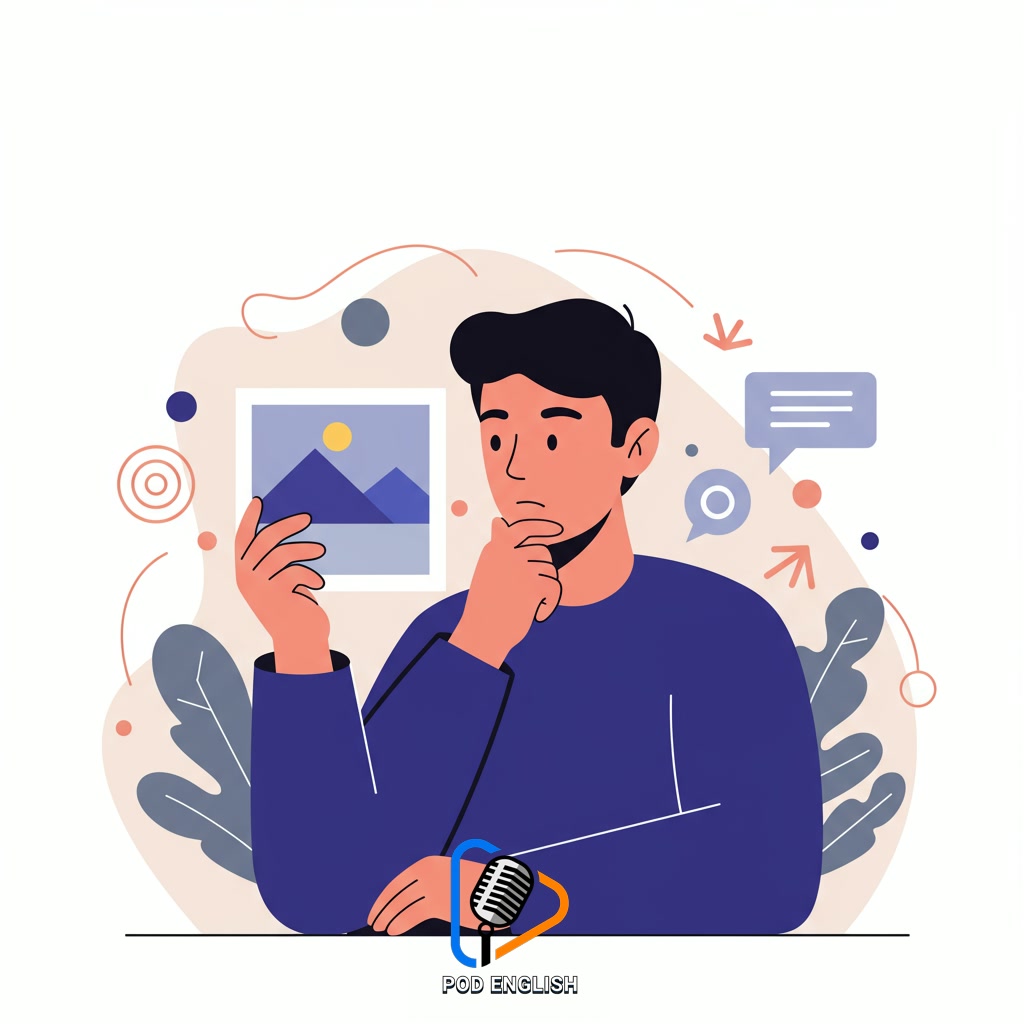
Adding Detail and Flair: Using Adjectives, Adverbs, and Prepositions
Section 5: Going Deeper: Talking About Actions, Feelings, and Inferences
Building on describing basic details and using descriptive words, the next level in photo description is interpreting the scene more deeply. This involves focusing on actions occurring in the photo. Use verbs and verb tenses, such as the present continuous, to describe what people or objects are doing. Beyond just actions, consider the emotions or feelings suggested by the people in the picture. Look at facial expressions, body language, and the overall atmosphere. You can use phrases like “They seem happy,” “She looks tired,” or “The mood appears peaceful.” Finally, practice making reasonable inferences. What might have happened before? What could happen next? Why are things arranged this way? Describing actions, feelings, and making inferences moves your English speaking from simple observation to more complex interpretation and expression, significantly improving your fluency and analytical skills.
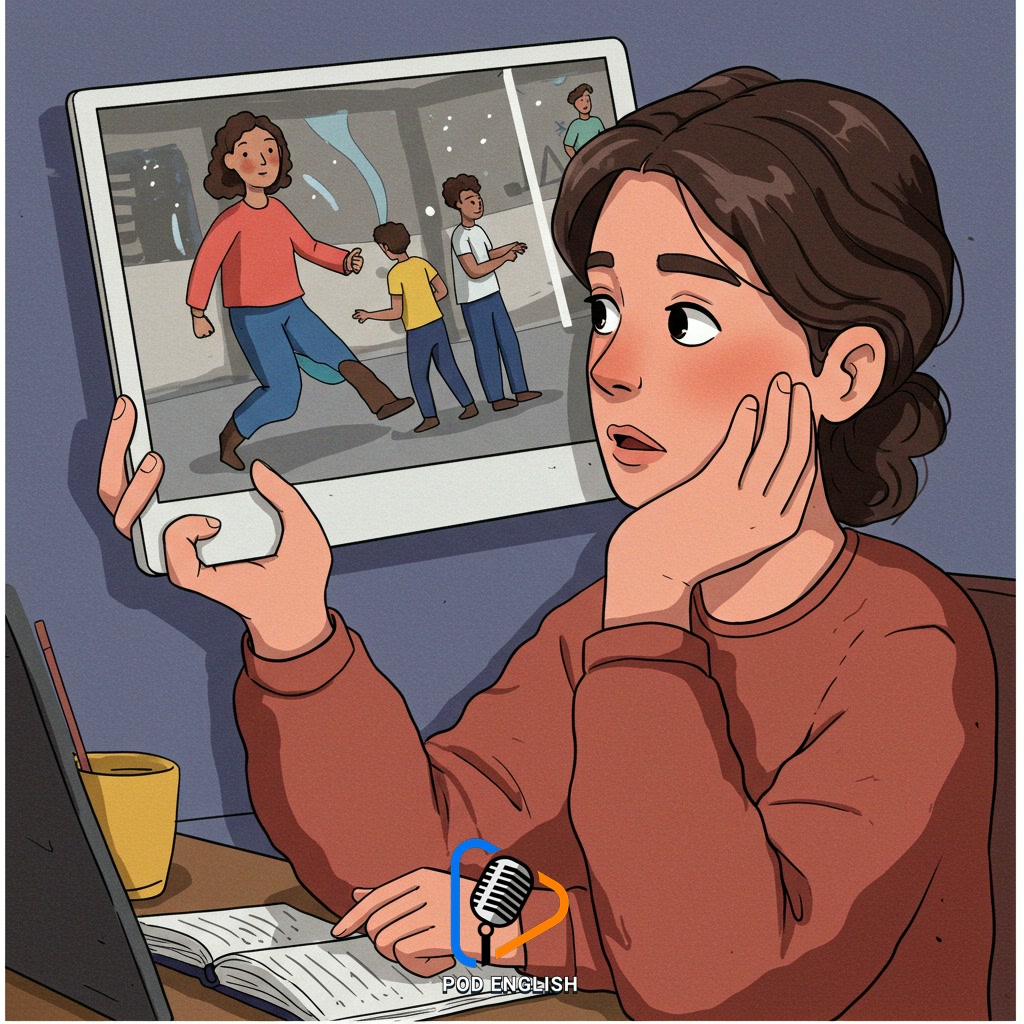
Going Deeper: Talking About Actions, Feelings, and Inferences
Section 6: Practice Techniques: From Simple to Complex Pictures
Building upon the ability to describe actions and use descriptive vocabulary, the next crucial step in mastering English speaking through picture description involves strategically choosing the pictures you practice with. Begin your practice with simple images, such as those featuring just one or two clear objects, a single person performing a straightforward action, or a very basic scene. This allows you to build confidence and solidify fundamental vocabulary and grammar structures. Gradually progress to more complex pictures. These might include scenes with multiple people interacting, detailed backgrounds, several objects, or situations that imply emotions or relationships. Describing complex images challenges you to use a wider range of vocabulary, more intricate sentence structures, and practice organizing your thoughts coherently, effectively pushing your speaking skills to a higher level.
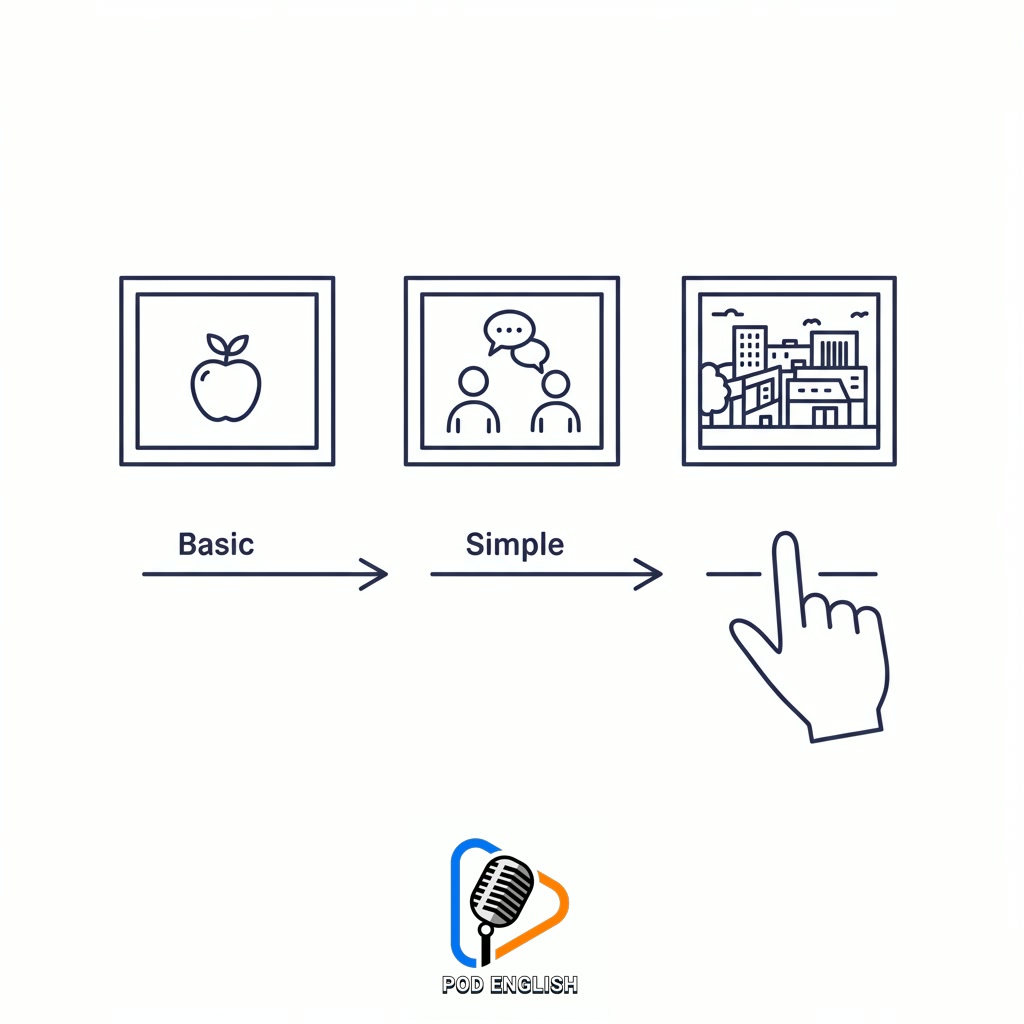
Practice Techniques: From Simple to Complex Pictures
Section 7: Evaluating Progress and Next Steps in Your Speaking Journey
After practicing describing various photos and pictures, it’s essential to pause and evaluate your progress. Consider how much more fluent you feel, the range of vocabulary you now use, and the accuracy of your grammar when speaking about visuals. Reflect on which types of pictures you find easiest or most challenging to describe. This self-assessment helps identify areas of strength and areas needing more focus. Based on this evaluation, you can plan your next steps. Perhaps you need to work on expressing more complex ideas, using different verb tenses, or expanding your descriptive adjectives. Setting specific, achievable goals for your future practice sessions will keep you motivated and guide your continued journey toward mastering English speaking through this engaging method. Regularly reviewing your progress ensures you are effectively building your skills.

Evaluating Progress and Next Steps in Your Speaking Journey

